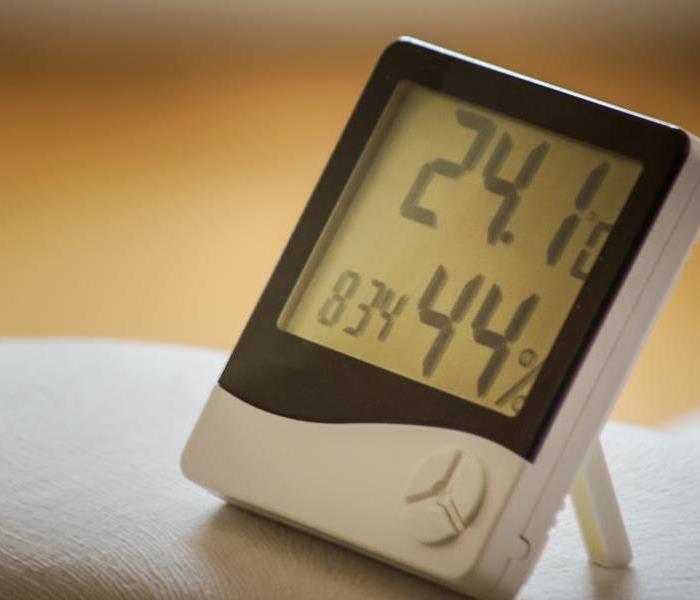Pensacola, Florida: Humidity and Mold
3/27/2023 (Permalink)
Pensacola, Florida and Humidity
Pensacola, Florida, has a humid subtropical climate, which means that it has hot, humid summers and mild winters with occasional cold snaps. The humidity levels in Pensacola can be quite high, especially during the summer months, when the air can feel muggy and oppressive.
The average relative humidity in Pensacola is around 72%, with the highest levels typically occurring in the morning and evening. During the summer months, humidity levels can reach as high as 90%, which can make it feel much hotter than the actual temperature. In contrast, the winter months tend to be less humid, with average relative humidity levels around 60%.
It is important to stay hydrated and take precautions against the heat and humidity when spending time outdoors in Pensacola, especially during the summer months. Wearing loose, light-colored clothing, taking frequent breaks in shaded areas, and drinking plenty of water can help mitigate the effects of high humidity.
How Humidity Can Create Mold
Humidity creates mold by providing the moisture that mold spores need to grow and thrive. Mold spores are microscopic fungi that are present in the air all around us, and they can grow and multiply when they come into contact with a damp surface.
When the air is humid, it contains more moisture than usual, and this moisture can settle on surfaces and create a damp environment that is conducive to mold growth. Mold spores can then settle on these surfaces, absorb the moisture, and begin to grow and spread.
High humidity levels can also cause condensation to form on surfaces such as walls, windows, and ceilings, creating the ideal environment for mold growth. If left unchecked, mold can continue to grow and spread, potentially causing structural damage to buildings and posing health risks to occupants.
To prevent mold growth, it is important to keep indoor humidity levels below 60% and to promptly address any leaks or moisture issues in your home or building. Regular cleaning and maintenance can also help to prevent mold growth by removing any organic matter that can provide a food source for mold spores.






 24/7 Emergency Service
24/7 Emergency Service
